Description
| Species | Pleurotus citrinopileatus |
| Difficulty ℹ️ | 🍄 |
| Spore Coloration | Pink |
| Ecology | Saprotrophic |
| Edibility | Choice |
The golden oyster is an attractive fast growing mushroom that fruits on a wide range of woody substrates. The mushrooms grow in clusters of small, thin fleshed, funnel-shaped yellow caps. The flavor improves dramatically with thorough cooking. Mushrooms tend to be bitter and sour when raw or undercooked.
The golden oyster mushroom, like other species of oyster mushroom, is a wood-decay fungus. In the wild, P. citrinopileatus most commonly decays hardwoods such as elm. The first recorded observation of naturalized golden oysters in the United States occurred in 2012 on Mushroom Observer, perhaps a decade after the cultivation of the species began in North America, and they have been found growing on oak, elm, beech, and other hardwoods. Naturalized golden oysters have been found in many states including: Delaware, Illinois, Iowa, Maryland, Massachusetts, Michigan, Minnesota, New York, Ohio, Pennsylvania, and Wisconsin.
Their vigorous range expansion is comparable to invasive species. In a 2018 population genomics study comparing naturalized wild isolates with commercial strains, two of the commercial isolates showed high similarity to all of the wild isolates, representing possible source strains of the wild populations. The study also found highly similar wild isolates collected from geographically distant locations, in some cases over 800 miles apart (>1300 km). This is strong evidence to suggest that the same cultivated strain has been re-introduced many times over in various parts of the United States, as opposed to a single introduction event and subsequent spread.
Some photos of this product in its wild-foraged form are sourced from iNaturalist or Wikipedia, by Jason Swanson, and others. Licensed by CC-BY-SA.
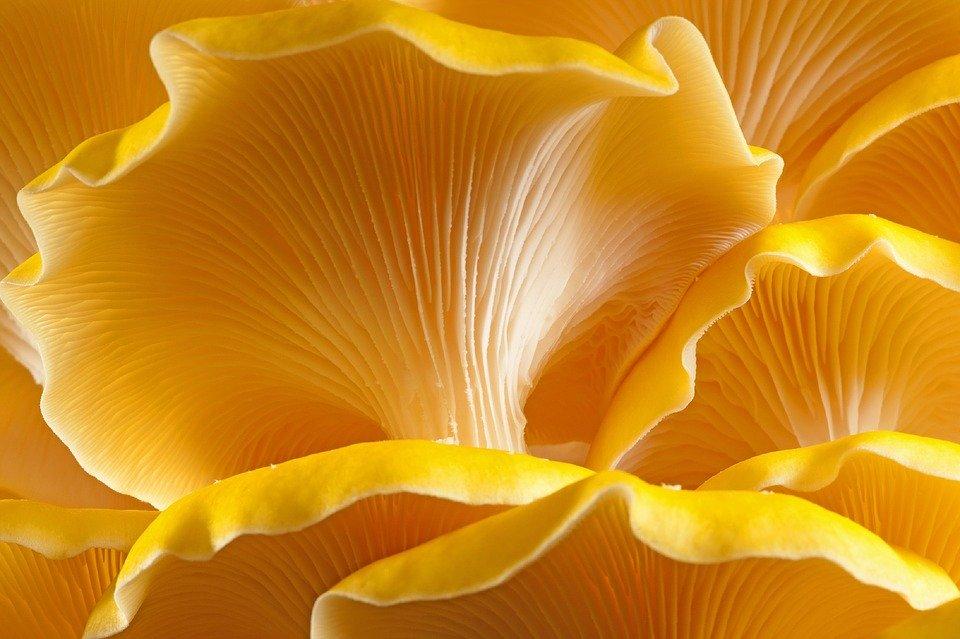
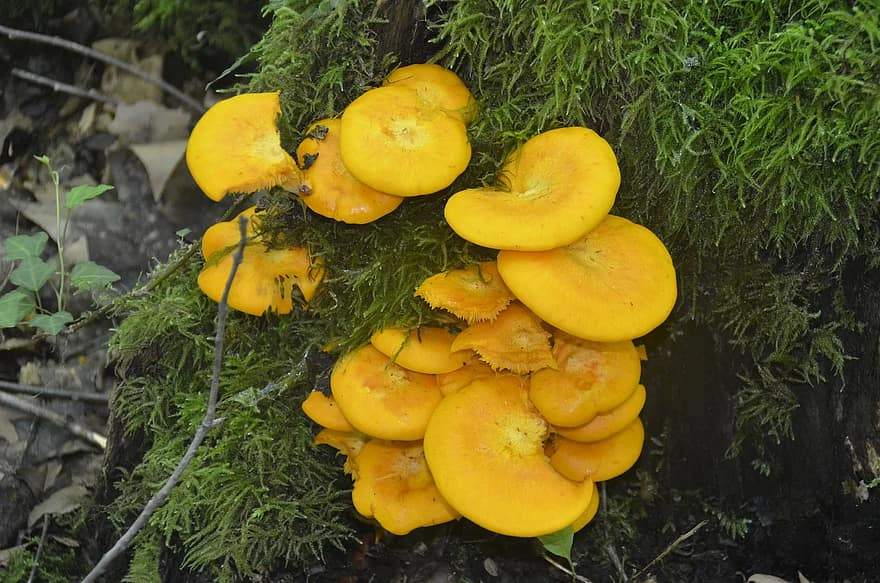
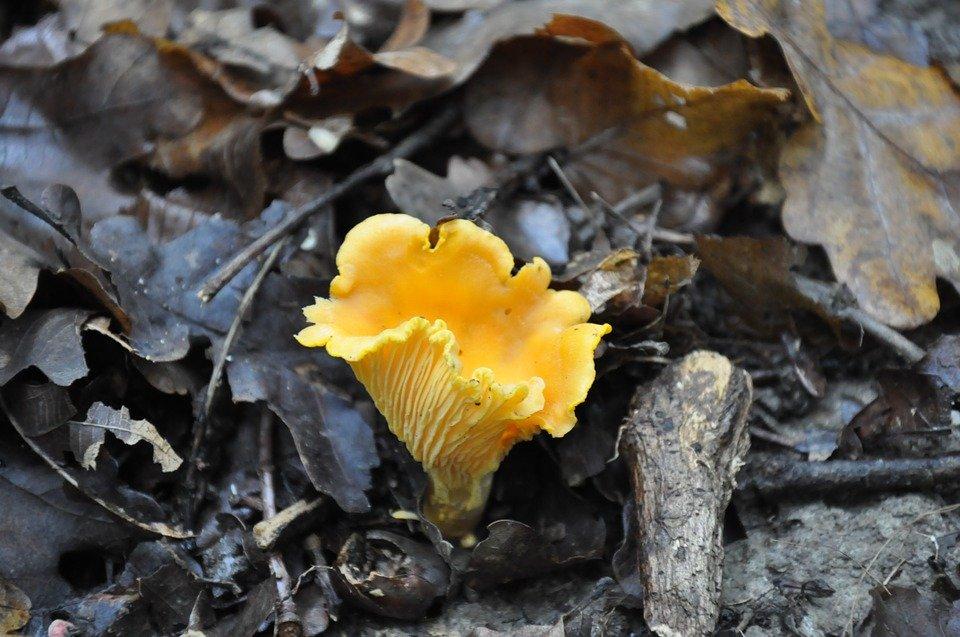
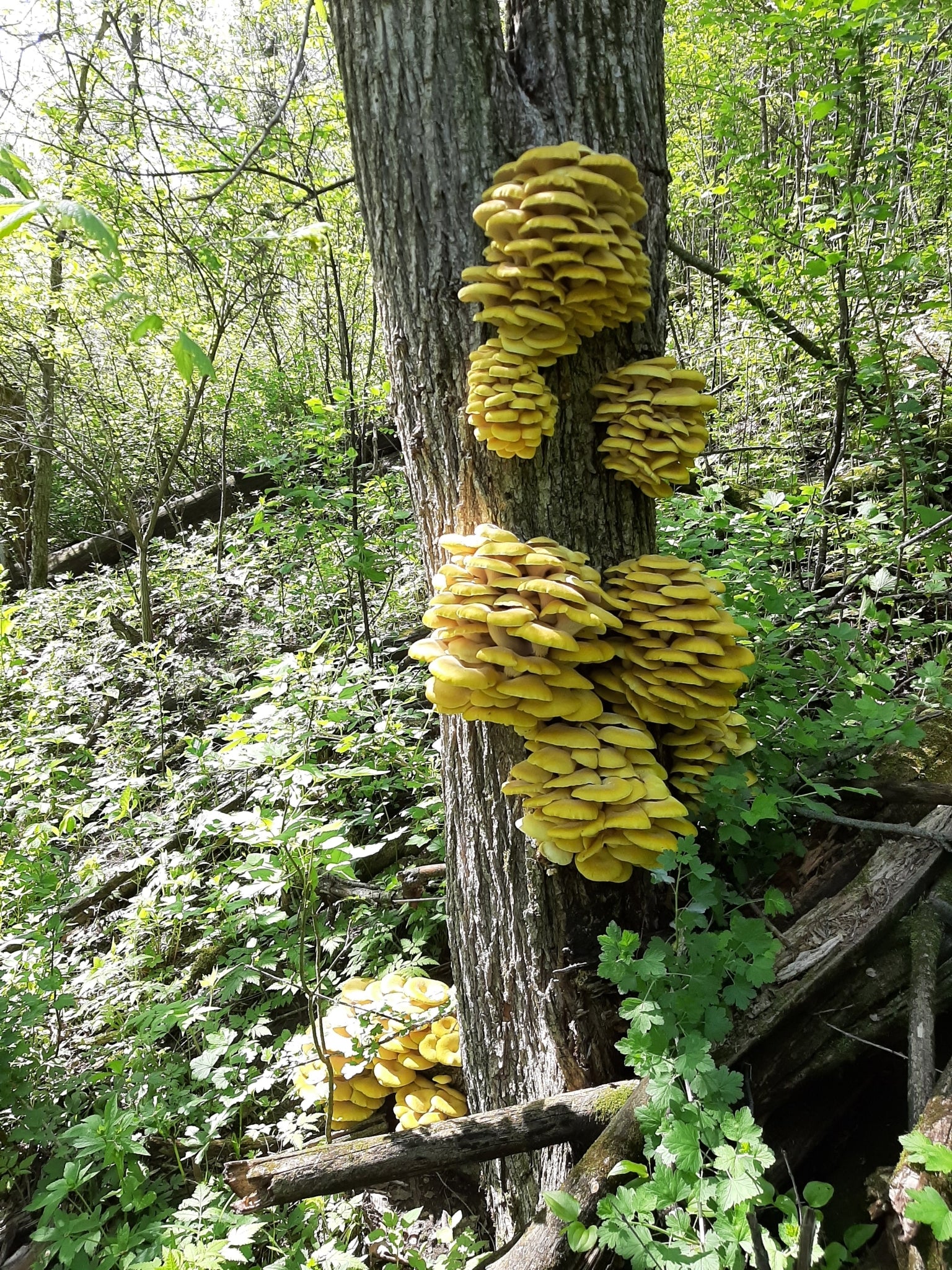
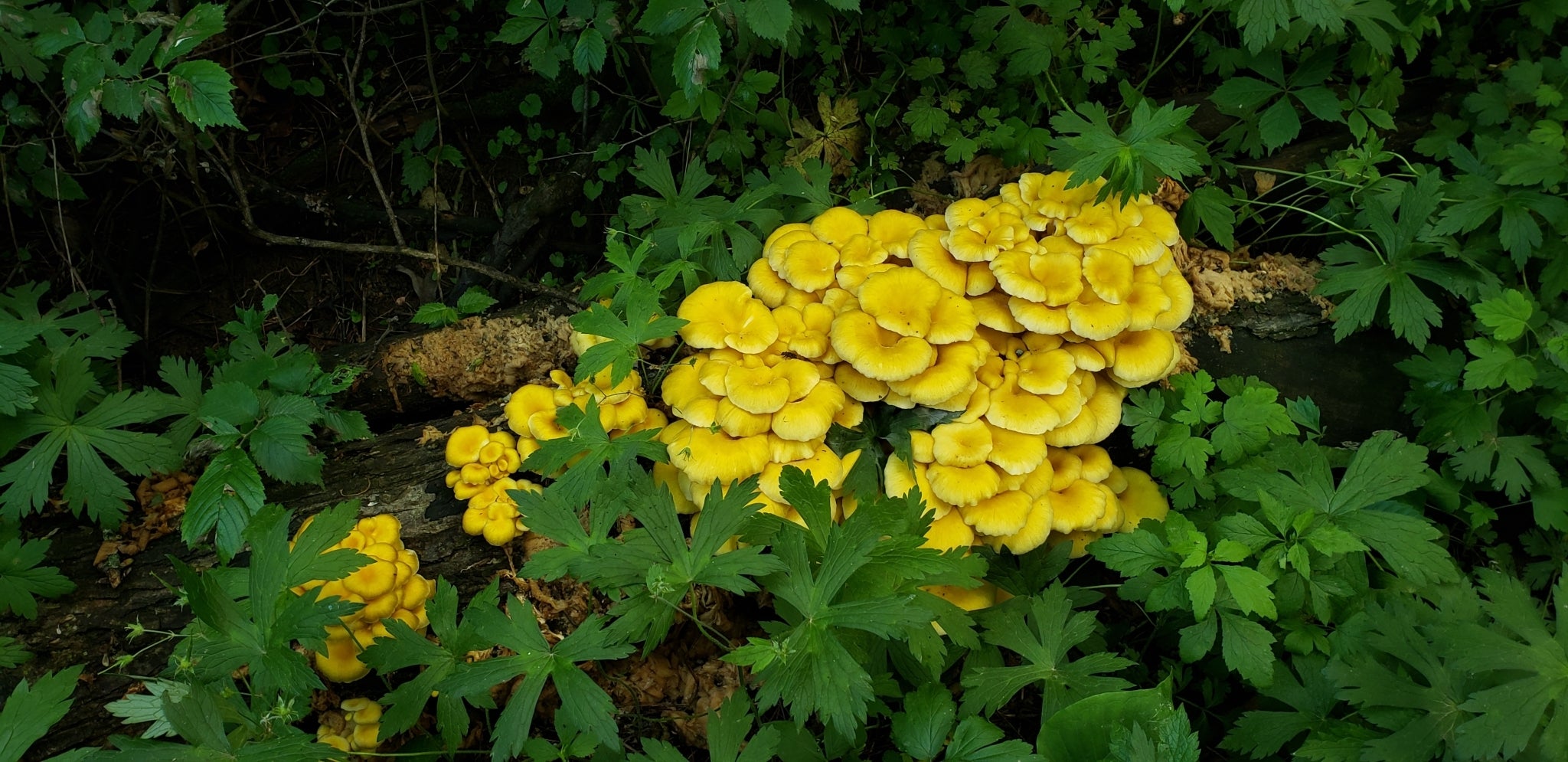
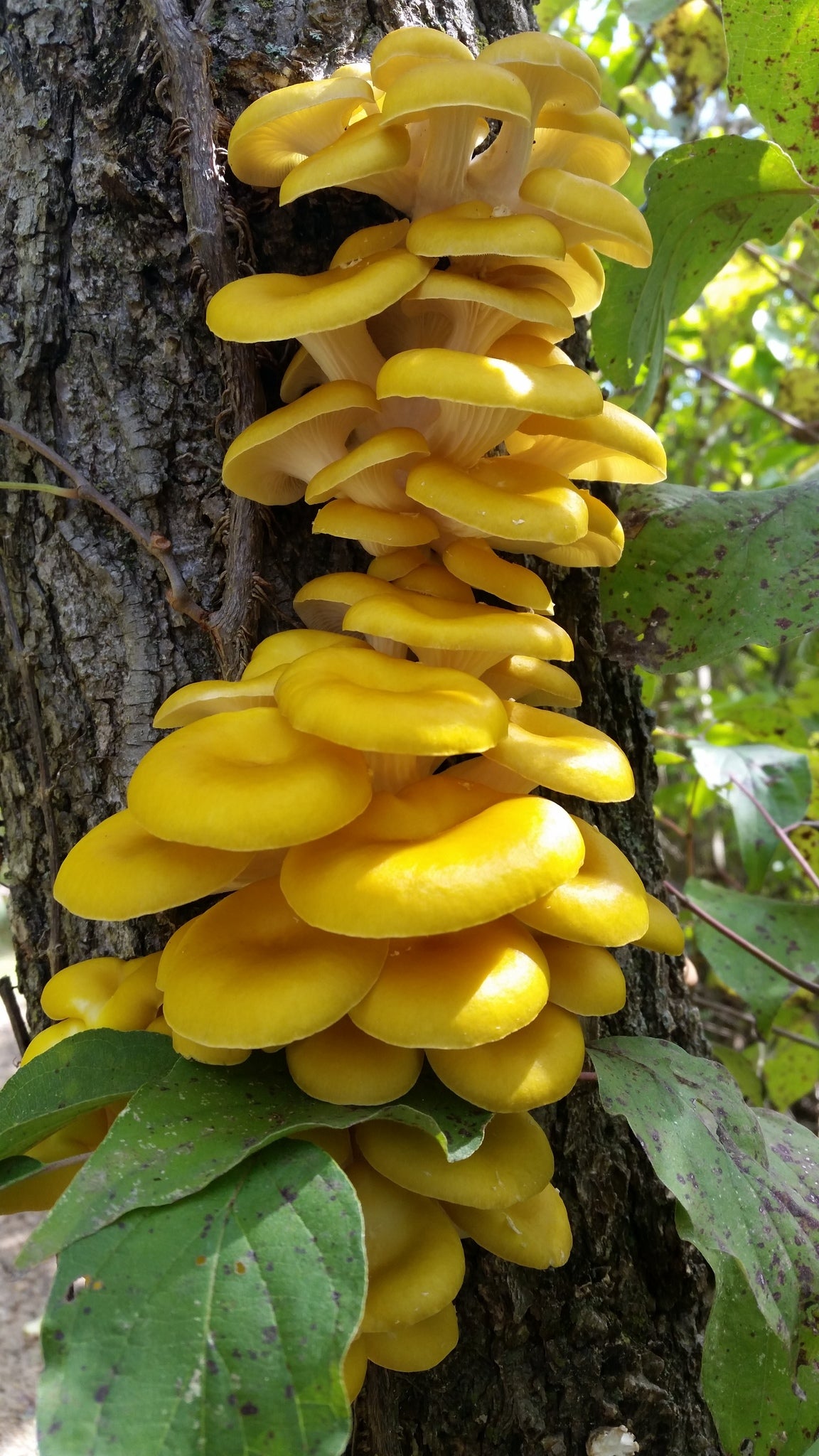
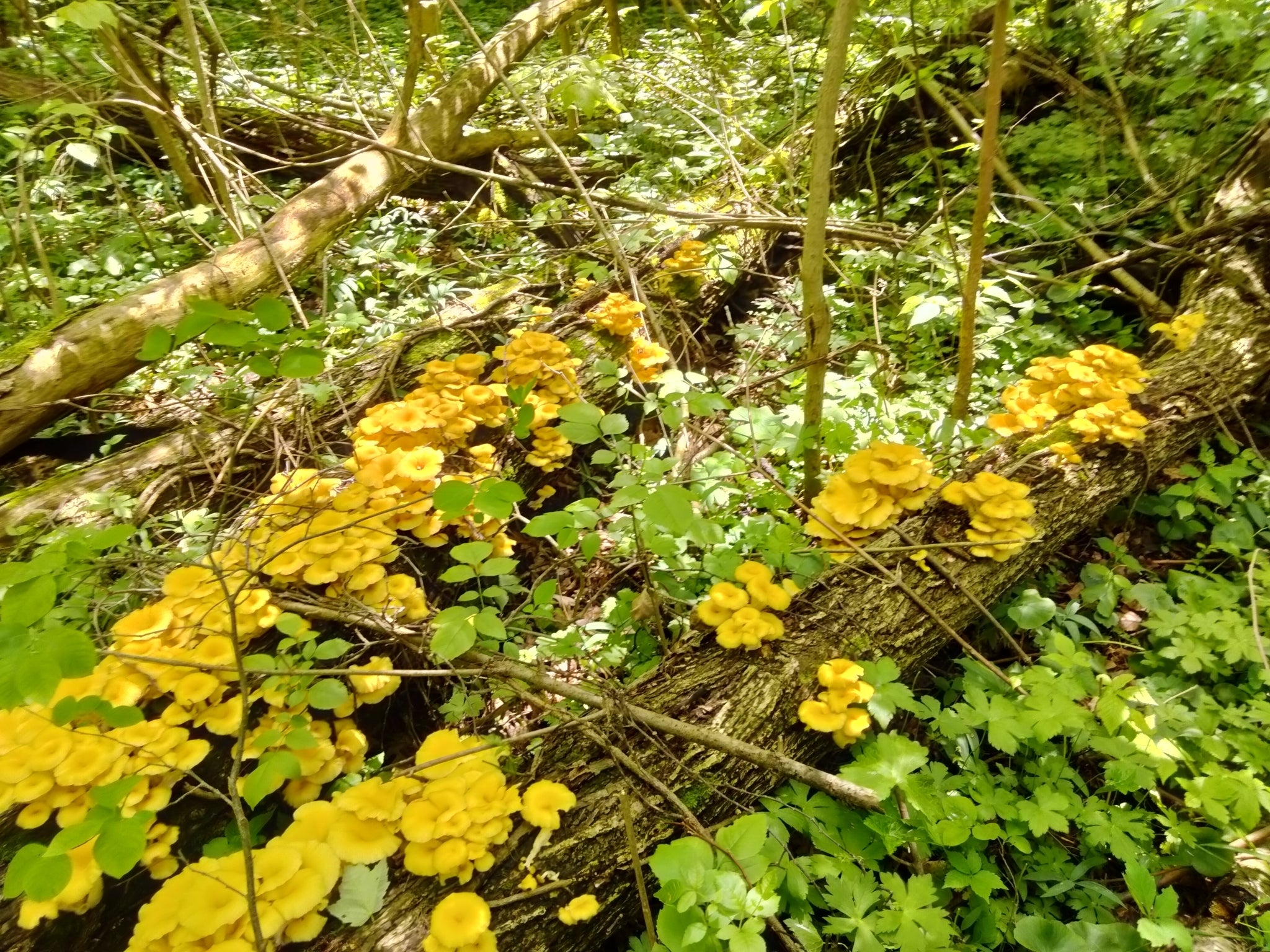
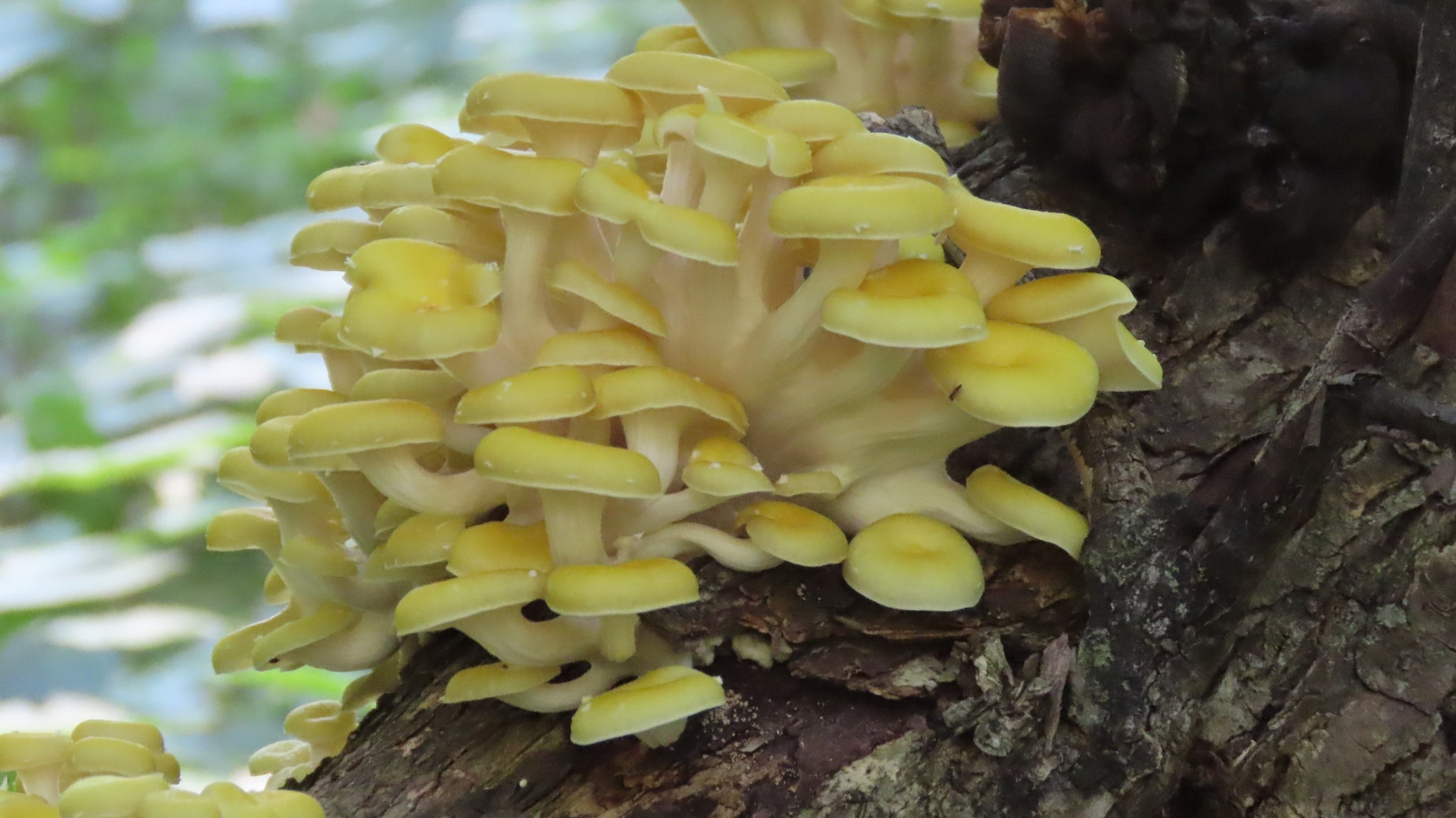
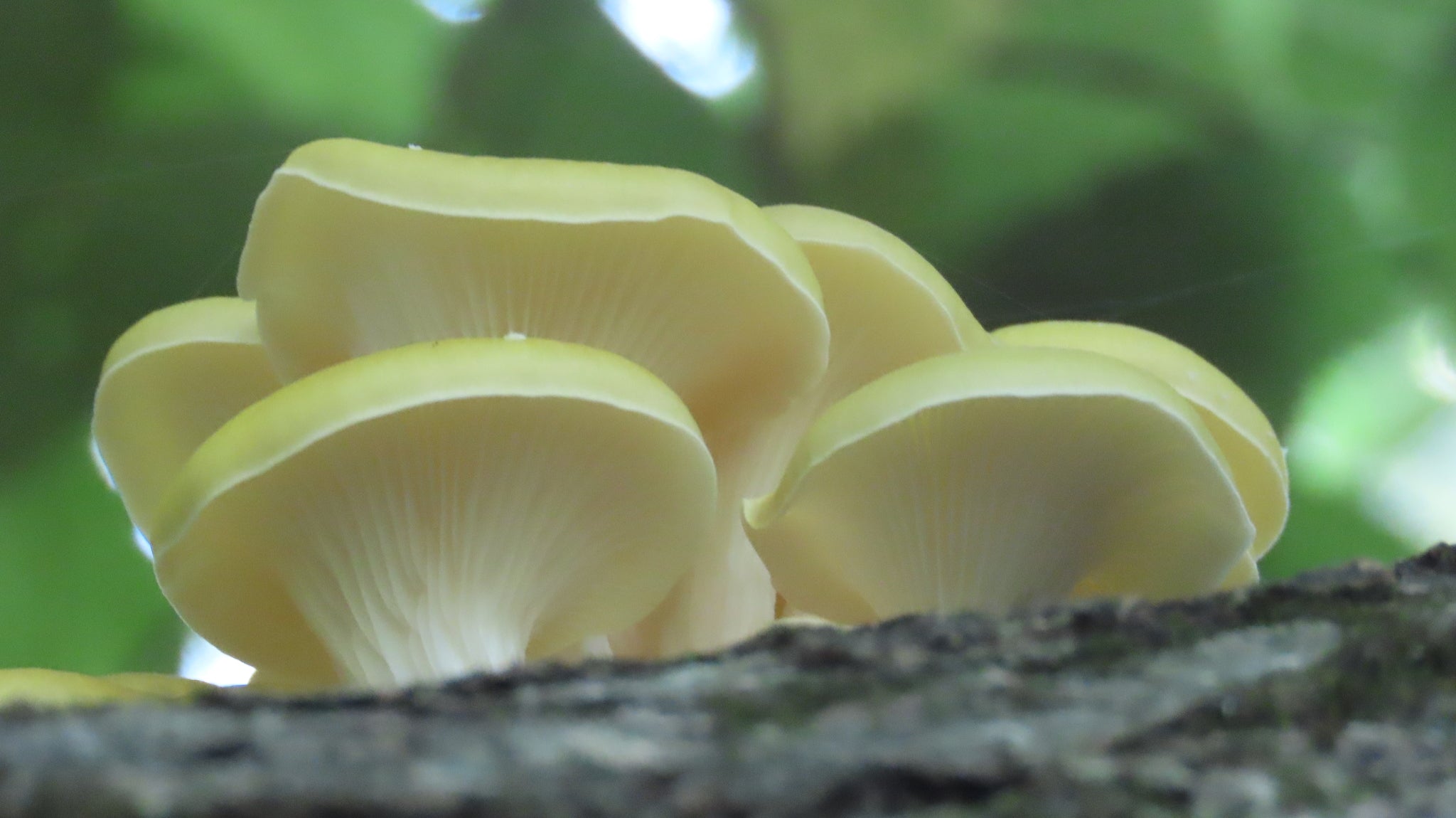

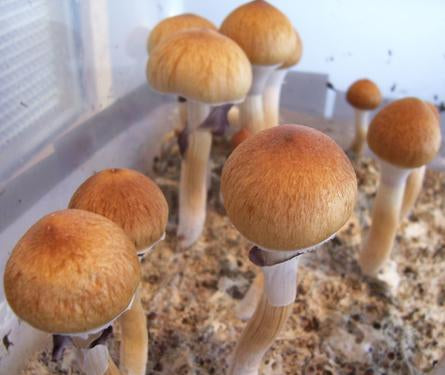
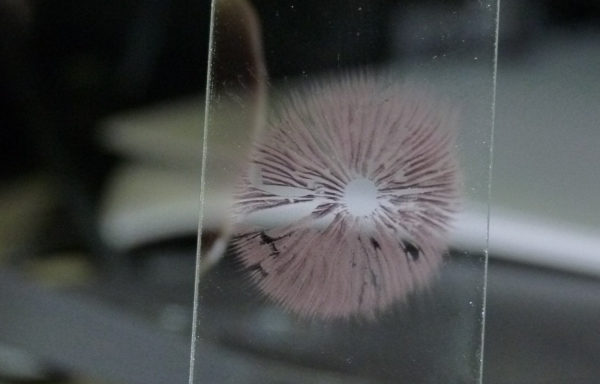
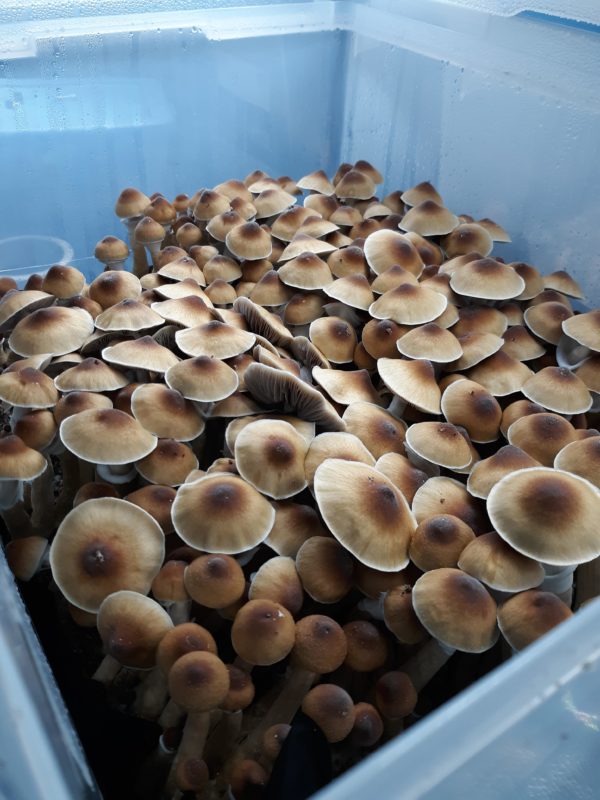
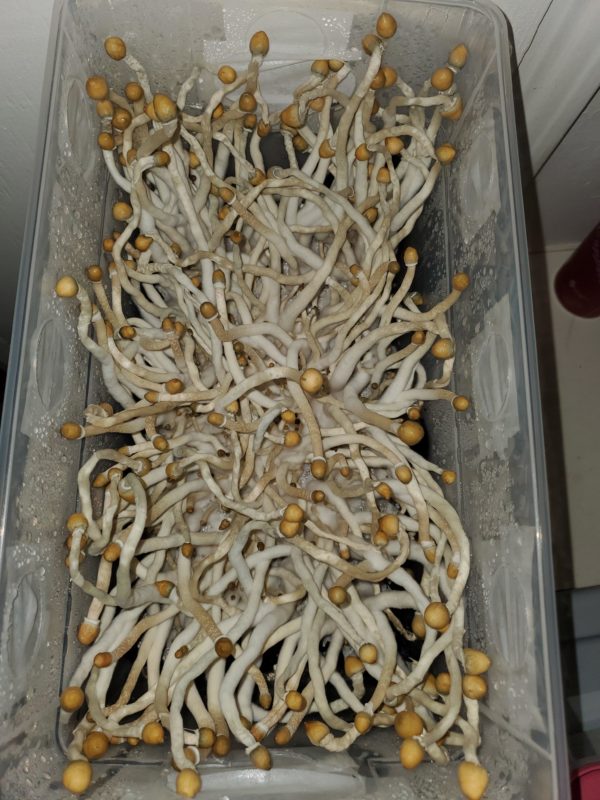
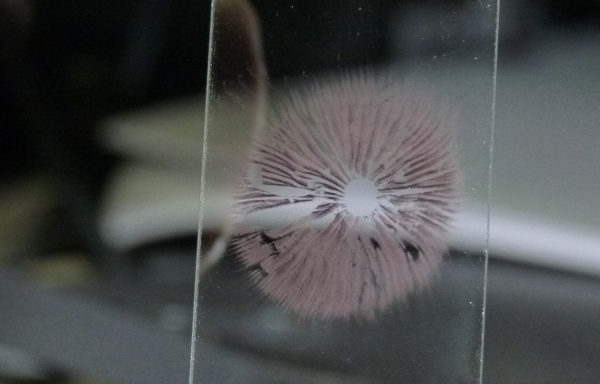
Reviews
There are no reviews yet.